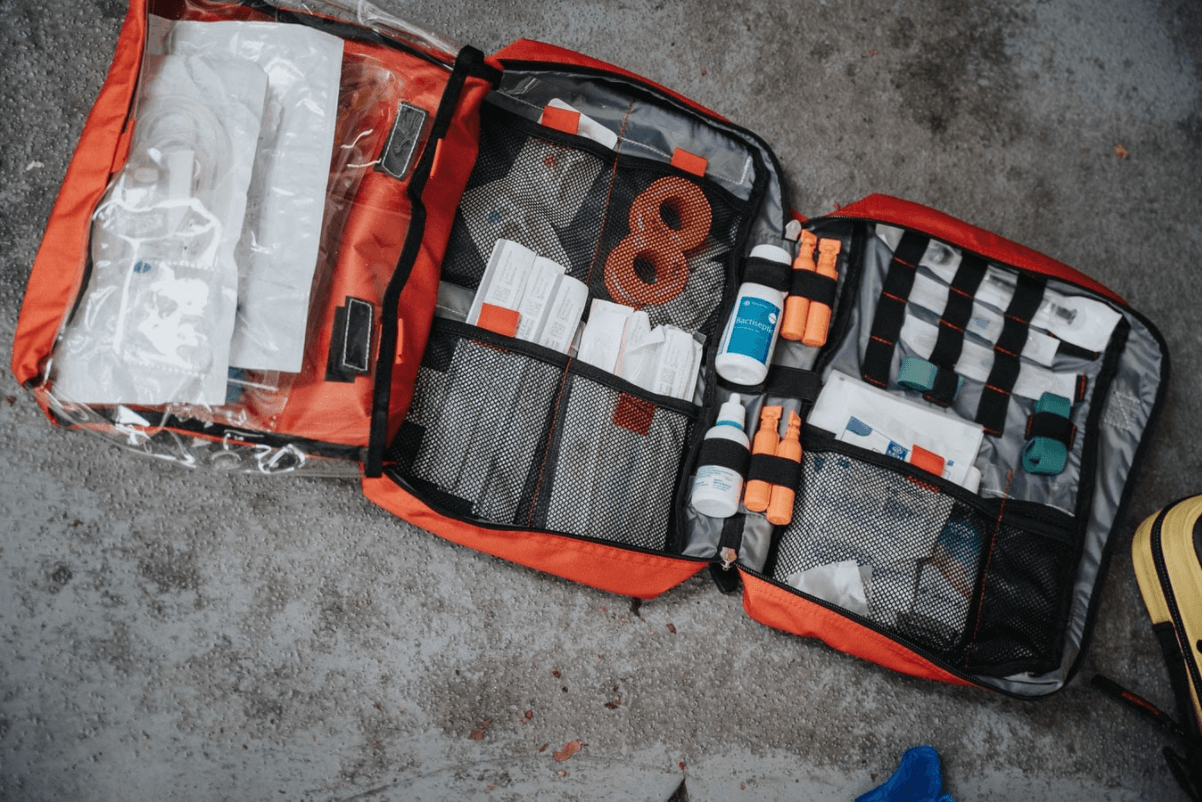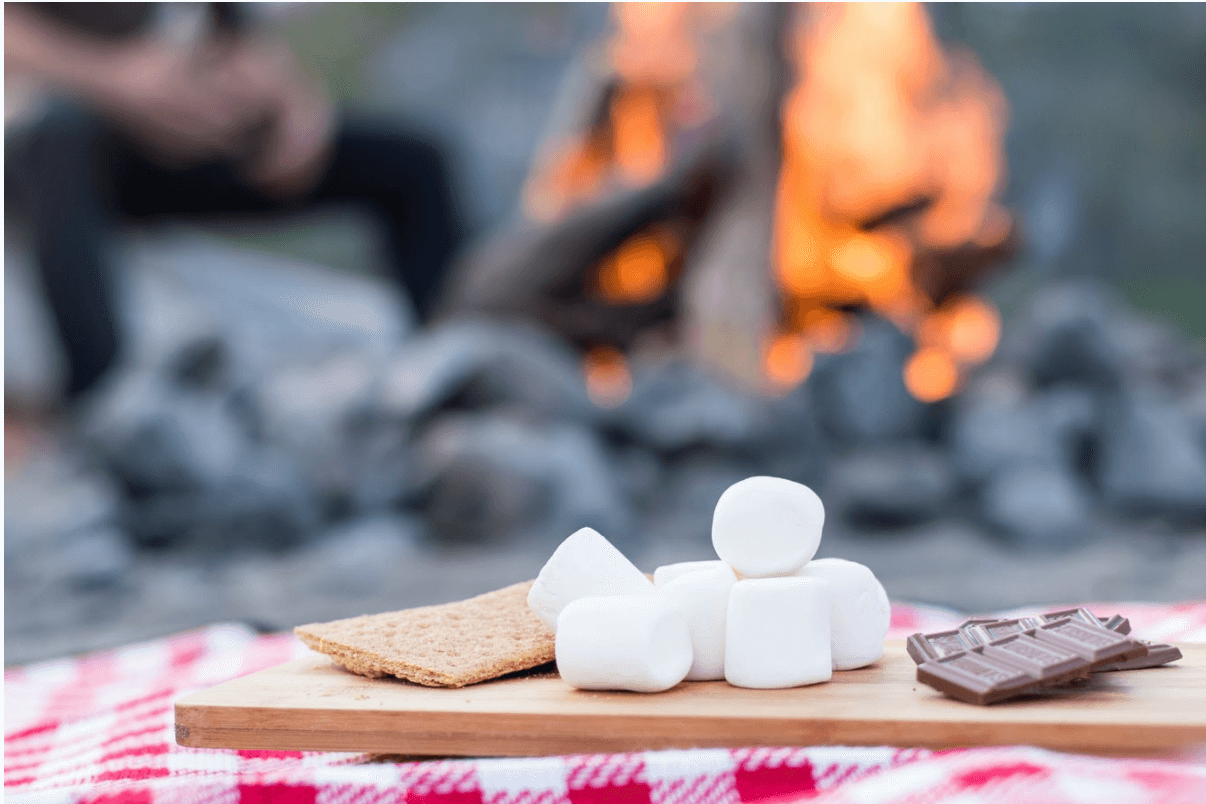Planning a wilderness backpacking trip can be an overwhelming and daunting task. There are so many factors to consider that it’s hard to know where to start. Whether you’re just getting started as a backpacker or have been on the trail for years, this article will provide you with some valuable information on how to plan your next wilderness excursion.
Determine The Length of Your Trip
It is important to identify the level of difficulty you want out of your backpacking trip before determining how many days it needs to last. If you are looking for a moderate adventure, then plan on fewer than four nights and few challenging terrain features like high altitude passes or long continuous stretches without water access.
On the other hand, if you have more time and really want a challenge, plan at least five nights with lots of technical activities such as scrambling up steep hillsides in difficult weather conditions or hiking distances without water sources available along the way.
Research Your Route
Research your route, making sure it is well mapped and has access to water sources.
Be mindful of the weather while you’re on your trip; plan for extreme temperatures so be prepared with layers that can be removed or added as needed.
Bring a map and compass just in case! A GPS device is not advisable for backpacking because these devices use batteries that may need replacing
Survival Kit

Anytime can happen to you in the wilderness, your chances of survival greatly increase if you have a well-stocked and organized kit. As the folks at https://bestsurvival.org explain a good survival kit is more than just useful in the direst of situations; survival can mean alleviating pain from blisters on a long hike or repairing a tear in your backpack or tent. The most important thing to remember about this is that it must be customized for where you are going.
Some things to include:
- Small first aid kit
- A knife or multi-tool
- A lighter
- Necessary medications such as allergy medication, asthma inhaler etc
- Insect repellent
Clothes
Dress appropriately by including:
- Hiking boots
- Heavy-duty boots for camp and the trailhead
- Underwear, shirts, pants/shorts combo that you can layer or peel off as needed
- A lightweight windbreaker for keeping warm and drying out or just staying cool while hiking during hot days with no shade or water
Figure Out Food

When you plan a backpacking trip, one of the most important pieces is packing food and figuring out how much to bring. You are going to need enough for each day on your hike because your destination may not have any stores nearby. The general rule is to pack about one pound of food per day for each person who will be hiking on your trip.
Also, you’ll want to bring easy-to-pack foods that are high in protein and calories. Consider energy or granola bars, nuts, jerky sticks, dried fruit like raisins or dates, trail mix (a mixture of salty snacks with chocolate), hard-boiled eggs, and dehydrated camping meals complete with seasonings for stovetop preparation.
You may also want to pack a stove and pan if cooking is important to your group. There’s nothing worse than being hungry on the trail!
Let Someone Know Where You Are
It’s a good idea to leave someone in charge of your affairs while you are away. This is especially true if you plan on going into the wilderness alone or as part of an organized backpacking trip that involves overnight stays in areas where there may not be cell service.
If your intention is just a short hike, then this probably doesn’t apply to you. However, many people go on extended outdoor trips with no guarantee they’ll make it through unscathed – even when hiking close to civilization. That’s why it’s best to let someone know where you will be going before departing so they can contact authorities should something happen.
When it comes to outdoor adventures, preparation is key. You may have the best intentions for your trip but if you don’t plan ahead things can go south quickly. Figure out when you want your trip to be over and what length of time that will require in terms of days away from home; research the route for your trek so there are no surprises along the way; pack clothes appropriate for all weather conditions (sun protection is important), as well as food enough for at least three meals per day plus snacks; take some survival gear like extra water or energy bars just in case something happens on the trail such as an injury or lost equipment. Finally, leave detailed information about where you’re going with someone who can call authorities if necessary.





